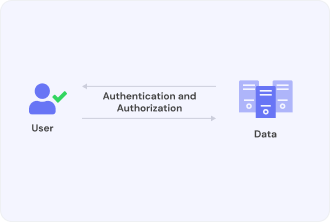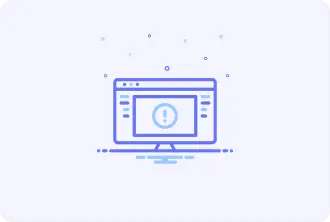Access Definition

Access is a term with many definitions in computer science but particularly most often associated with authorized permission to use or be able to interact and recover data from a computer or resource normally permitted to program or user.
This is through mechanisms of access proper to regulate the permission that is assigned, such as to read, edit, and delete the files. The level of access allowed to a user is predefined by the type and privileges that it holds. For example, from an administrator to a guest.
Access control forms are an important aspect of the security of the system, ensuring that only authorized entities can be able to view the resources. Most operating systems have diverse authentication mechanisms where either one has to use data such as usernames and password entries or even the use of biometrics or special keys for entry. This warrants that there is no misuse of data and that information is not compromised. All these matters we’ll spotlight further.
Types of access
Hiring a dedicated developer, you will be sure that all the information you want to protect will be covered. There are multiple ways how a stakeholder can interact with data in accordance with the necessity of a project. Now, let’s look at their variability:
Role-based permissions. In cloud services, databases, web applications like Laravel, and enterprise systems, an individual gets entry to information depending on their role in an organization. This approach has many benefits since it ensures that everyone can operate with their part of the task, but at the same time, if a team member isn’t involved in completing the development part, they won’t be able to even take a glance at the code or design.
Permission to view. If you need to provide information to people, but are afraid that they will change it accidentally, then you need to open limited review access where they can scroll through material and evaluate it, but can’t shift even a symbol.
Approval to write. Using collaborative platforms, a few programmers can be permitted to modify the code when they get such authorization. In most cases, a user has to pass verification through email to add any changes to the program.
Access to run. When a person has the access right to read the source, it doesn’t always mean that they are free to execute a utility. In software development, such an opportunity is given to a coder who is assigned to deploy it. The bigger the project, the fewer the access points for the entire team.
Full access. An aspect such as unlimited permissions in programming is a rare thing and, of course, it should be inspected to avoid risks. If this happens, it can be related to people. For instance, the admin is granted access to scroll through databases, codes and any other facets of an application. Additionally, some tools like monitoring may be allowed to connect to utilities.
How to prevent unauthorized access?

The main task of an outsourcing software development company is to set reliable access configurations to make data inaccessible for those who mustn’t interact with it and create comfortable conditions for those who shape final outputs. Several approaches have proved themselves reliable and they are applied by many companies from different industries.
First, what users need to do to get entry to the information is to pass authentication. The sense of this action is to prove to the system that it is really you by inputting passwords, scanning fingertips, or verifying identity with Face ID. It also includes tokens a person can receive on their device or utility or a combination of the mentioned means, called multi-factor authentication, when a user must sign up with a login and provide a code.
Second, setting conditions for authorization is a tactic that saves a great deal of information. Speaking of development matters, it means that within a project, engineers have permissions only for those parts of projects they are working on. For example, a coder can modify only front-end and back-end, but they don’t have the opportunity to change the testing environment if they are not assigned.
Third, it is important to control access over time and project different rules for every stage of programming to boost defense of the creation process. With repositories like GitHub, you can choose who can only view code and who is authorized to edit it.
Finally, to ensure that during undertaking and execution everything is within norms, coders conduct log monitoring. It means that they inspect logs and see who has entry to the data and whether there was any suspicious activity. In order to keep data safe, developers can have schedules with specified periodicity when they review data layer interactions. Azure ID and AWS IAM are the systems that allow businesses to keep track of access.